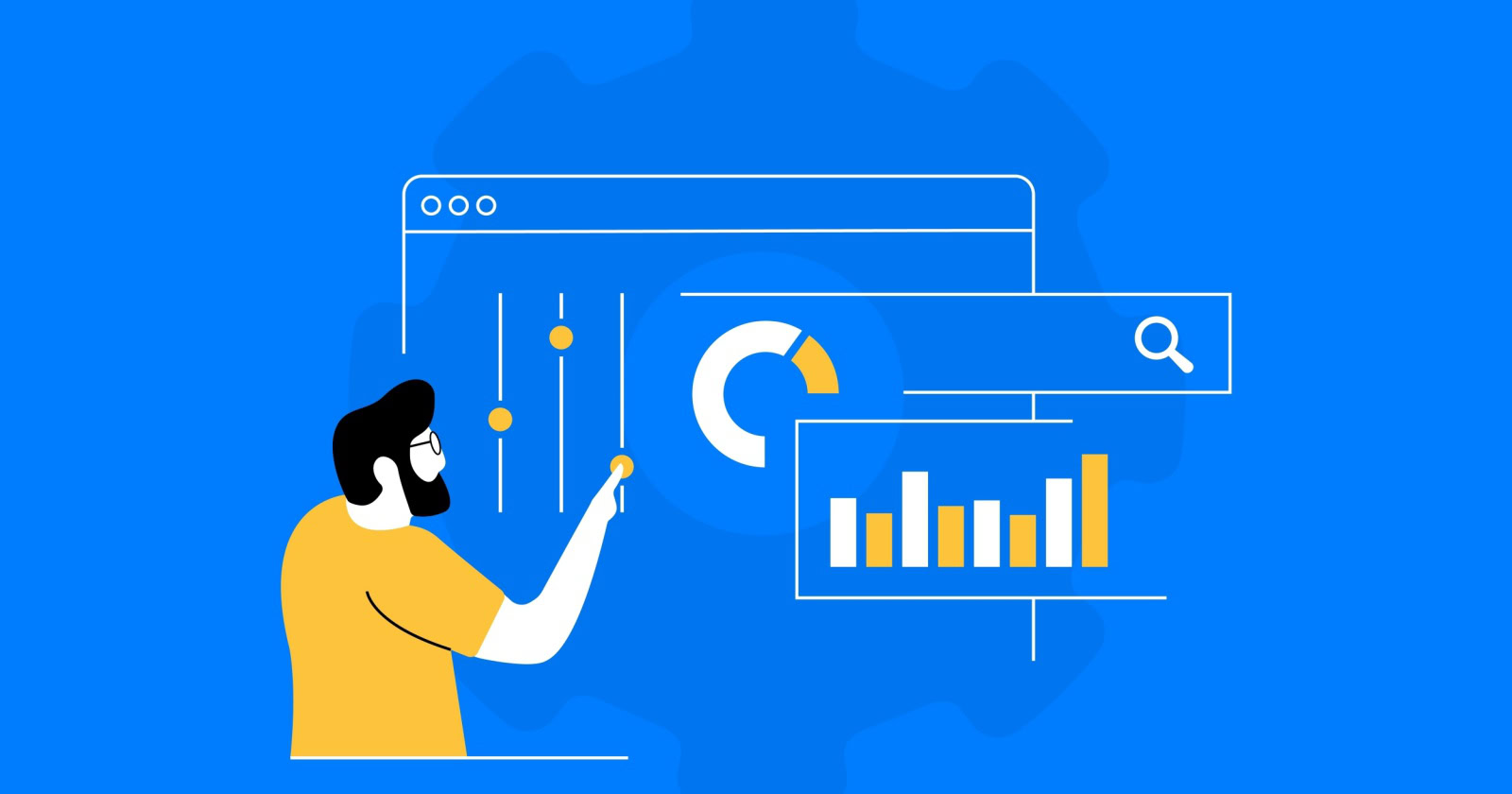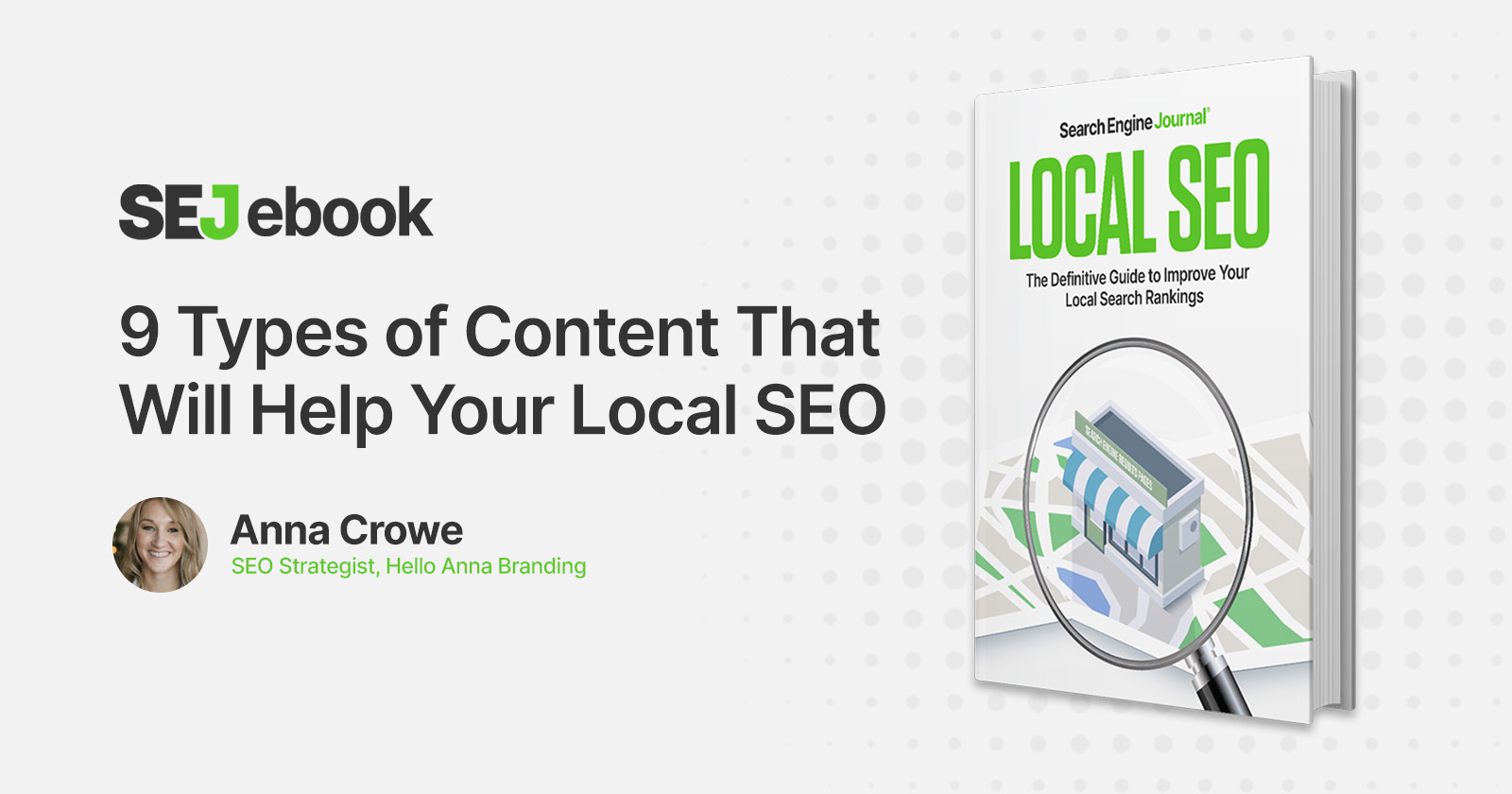What Is A Google Broad Core Algorithm Update? via @sejournal, @RyanJones
Get a better understanding of what a core update is designed to do and how to recover if your rankings are affected. The post What Is A Google Broad Core Algorithm Update? appeared first on Search Engine Journal.

Since the first broad core algorithm update, there has been much confusion, debate, speculation, and questions about what exactly it is.
How does a core update differ from a named update that many SEO pros are used to?
Google’s acknowledgment of core updates is usually vague, offering little detail beyond the fact that the update occurred. As we’ll see in this post, there is a good reason for this.
Typically, core updates take a few days (or weeks) to fully roll out, with Google making one announcement at the start and another at its conclusion. This invariably leaves SEO professionals and site owners wondering how the core update impacted their rankings.
Understanding a broad core update and how it differs from other algorithm updates can provide insight into what may have caused a site’s rankings to go up, down, or stay the same.
So, What Exactly Is A Core Update?
First, let me get the obligatory “Google makes hundreds of algorithm changes per year, often more than one per day” boilerplate out of the way.
Many of the named updates we hear about (Penguin, Panda, Pigeon, Fred, and the much-talked-about Helpful Content Update – which has since been integrated into core) are implemented to address specific faults or issues in Google’s algorithms.
In the case of Penguin, it was link spam; in the case of Pigeon, it was local SEO spam. Each of these targeted one specific thing – and, in many cases, brought a new metric or new calculation or new machine learning model into the overall algorithm.
They all had a specific purpose but also required new data or new systems to run.
In these cases, Google (sometimes reluctantly) informed us what it was trying to accomplish or prevent with the algorithm update, and we were able to go back and remedy our sites.
A core update is different.
The way I understand it, a core update is a tweak or change to the main search algorithm itself.
It’s not adding anything “new” in terms of metrics, data, signals, machine learning, etc. It’s simply re-arranging or adjusting existing signals/factors and their importance.
You know, it is believed that there are somewhere between 200 and 500 (or maybe more) ranking factors and signals – the exact number is unknown.
What a core update means to me is that Google slightly tweaked the importance, order, weights, or values of these signals.
Because of that, they can’t come right out and tell us what changed without revealing the secret sauce.
The simplest way to visualize this would be to imagine, let’s say, 200 factors listed in order of importance.
Now imagine Google changing the order of 42 of those 200 factors.
Rankings would change, but it would be a combination of many things, not due to one specific factor or cause.
Obviously, it isn’t that simple, but that’s a good way to think about a core update.
A good analogy would be your list of top 10 favorite Taylor Swift songs. You might re-order that occasionally based on what’s going on in your life – or she may update an older song or release some new music. All of that might change your list.
Here’s a purely made-up, slightly more complicated example of things Google might adjust and why it can’t tell us.
“In this core update, we increased the value of keywords in H1 tags by 2%, changed the core web vitals boost from 0.00001 to 0.0000001, decreased the value of the ratio of keyword trigrams covered by title trigrams, changed the D value in our PageRank calculation from .85 to .70, and started using a TF-iDUF retrieval method for logged in users instead of the traditional TF-PDF method.”
(I swear these are real things in information retrieval. I just have no idea if they’re real things used by Google.)
As you can see, these types of updates wouldn’t be helpful at all to SEO professionals – even if they understood them.
Put simply, a core update means Google changed the weight and importance of existing ranking factors and signals – and some results shifted because of it.
At its most complex form, Google ran a new training set through its machine learning ranking model. Quality raters gave this new set of results a higher Information Satisfaction (IS) score than the previous set, and the engineers have no idea what weights changed or how they changed because that’s just how machine learning works.
(We all know Google uses quality raters to rate search results. These ratings are one input into how it chooses one algorithm change over another – not how it rates your site. Whether it feeds this into machine learning is anybody’s guess. But it’s one possibility.)
It’s likely some random combination of weighting delivered more relevant results for the quality raters, so they tested it more, the test results (clicks!) confirmed it, and they pushed it live.
Remember clicks in the famous Google leak? This is one way they use those – for A/B testing new algorithm variants.
How Can You Recover From A Core Update?
I want to be very clear about language here.
A core algorithm update didn’t “penalize” you for something. It’s not adding negative weights. It most likely just rewarded another site more than yours when it comes to relevance, authority, and quality signals.
Unlike a major named update that targets specific things, a core update may tweak the values of everything.
New sites could be considered for this query; old sites no longer considered. Many sites were probably updated. The user intent (click data) could have changed for this query, new entities could be deemed relevant to this query, the link graph could have changed, etc.
Data changes and the weights of factors have been re-ordered.
Because websites are weighted against other websites relevant to your query (engineers call this a corpus), the reason your site dropped could be entirely different than the reason somebody else’s increased or decreased in rankings.
To put it simply, Google isn’t telling you how to “recover” because it’s likely a different answer for every website and query.
Maybe you were killing it with internal anchor text and doing a great job of formatting content to match user intent – and Google shifted the weights so that content formatting was slightly higher and internal anchor text was slightly lower.
(Again, hypothetical examples here.)
In reality, it was probably several minor tweaks that, when combined, tipped the scales slightly in favor of one site or another (think of our reordered list here).
Finding that “something else” that is helping your competitors isn’t easy – but it’s what provides SEO pros with some job security.
What about AI?
It’s worth pointing out that core updates do affect Google’s AI overviews and citations – as those things are powered by search.
Next Steps And Action Items
Rankings are down after a core update – now what?
First step: Figure out if there are any patterns in the pages that dropped. Were they all the same template? Same intent? Same private blog network of paid links? (Just kidding).
Google is good at patterns; we should be good at spotting them, too.
Your next step is to gather intel on the pages that are ranking where your site used to be.
Conduct a search engine results page (SERP) analysis to find positive correlations between pages that are ranking higher for queries where your site is now lower.
Try not to overanalyze the minute technical details, such as how fast each page loads or its core web vitals scores. These are very minor tiebreaker factors.
Pay attention to the content itself. As you go through it, ask yourself questions like:
Does it provide a better answer to the query than your article? Does the content contain more recent data and current stats than yours? What’s the information gain of this page compared to the others that rank? Does it just say the same stuff or does it offer more? What is the intent of the user doing this query? Does this help them accomplish that better?Google aims to serve content that provides the best and most complete answers to searchers’ queries. Relevance is the one ranking factor that will always win out over all others.
Take an honest look at your content to see if it’s as relevant today as it was prior to the core algorithm update.
From there, you’ll have an idea of what needs improvement.
The best advice for conquering core updates? Keep focusing on:
User intent. Quality content. Clean architecture. Google’s guidelines.Finally, don’t stop improving your site once you reach position 1 because the site in position 2 will not stop.
Yeah, I know – it’s not the answer anybody wants, and it sounds like Google propaganda, but it’s just the reality of what a core update is.
Nobody said SEO was easy.
More resources:
Why & How To Track Google Algorithm Updates History of Google Algorithm Updates How To Recover From A Google Update (A Checklist) How Search Engines WorkFeatured Image: BestForBest/Shutterstock

 AbJimroe
AbJimroe 























.jpg)








